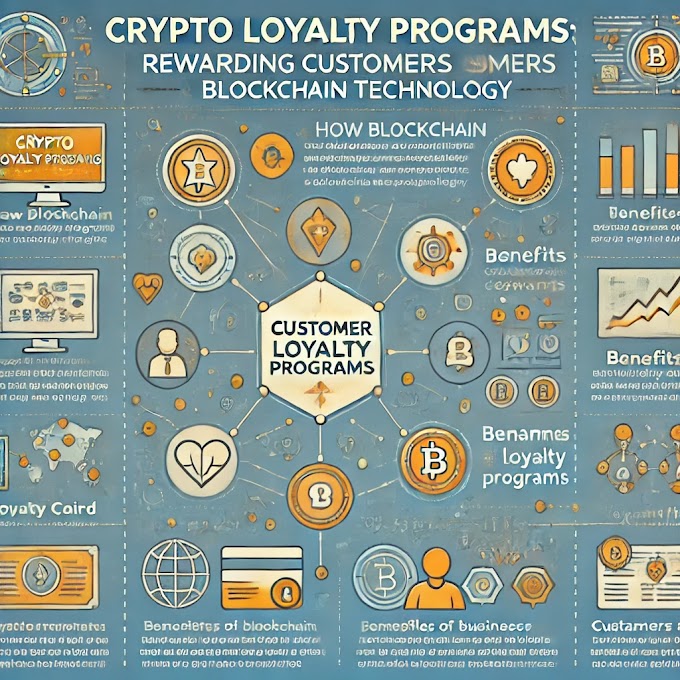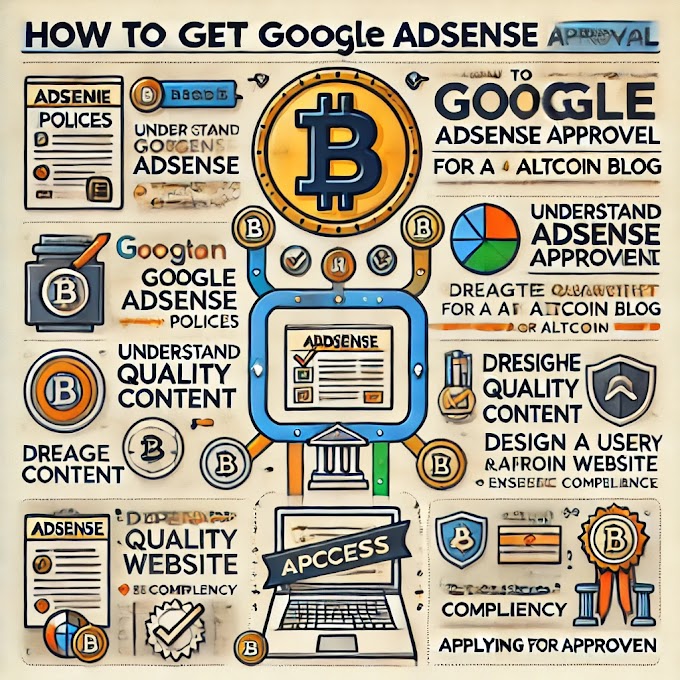How to Choose the Best Social Media Platforms, Build a Loyal Following, and Create Engaging Content for Personal Branding and Growth in 2025
Social media is a transformative tool for building personal brands and connecting with a global audience. In 2024, the competition for visibility and influence is fiercer than ever, but with the right strategies, anyone can leverage social media for personal and professional growth. This guide provides actionable steps to choose the best platforms, build a loyal following, and create content that engages and converts. We'll also include real-world case studies, research insights, and links to valuable resources.
Understanding the Role of Social Media
in Personal Branding
Personal branding is how you
present yourself to the world. It encompasses your values, expertise, and
personality, communicated consistently across platforms. Social media amplifies
your reach, allowing you to:
- Showcase
your expertise to a global audience.
- Build
trust and credibility.
- Create
a platform for professional and personal growth.
Why Personal Branding Matters
According to a 2023 survey by LinkedIn, 75% of
professionals believe having a personal brand helps them get better career
opportunities. Moreover, research published in the Harvard Business Review
highlights that authentic personal branding leads to stronger professional
networks.
Case Study:
Gary Vaynerchuk (GaryVee) built his personal brand by sharing motivational
content, industry insights, and entrepreneurial advice on Instagram, LinkedIn,
and YouTube. His authenticity and consistency have made him one of the most
influential voices in business.
Step 1: Choosing the Best Social Media
Platforms
1.1 Setting Clear Goals
Your goals determine which platforms to
prioritize.
- Want
to establish authority in your field? Opt for LinkedIn.
- Targeting
younger, trend-driven audiences? Choose TikTok or Instagram.
- Need
a platform for long-form videos? YouTube is ideal.
1.2 Know Your Audience
Use analytics tools like Google Trends
or Statista to research platform demographics.
- LinkedIn:
Professional networking and B2B connections.
- Instagram:
Visual storytelling, lifestyle, and e-commerce.
- TikTok:
Creative short videos for Gen Z and Millennials.
- Twitter
(X): Real-time news, trends, and thought
leadership.
Resource:
Statista's Social Media Demographics
1.3 Learn from Competitors
Study how successful influencers and brands in
your niche use platforms.
Example: Fitness coach Chloe Ting leverages YouTube for long-form
content and Instagram for daily updates.
1.4 Test Multiple Platforms
Start with one or two platforms, then expand. Cross-promote
content to drive followers across channels.
Step 2: Building a Loyal Following
A loyal following forms the backbone of your
personal brand. Here’s how to nurture one:
2.1 Be Consistent
Consistency builds recognition.
Actionable Tip: Post 3-4 times a week and maintain a consistent visual
style.
Case Study:
Content creator Jay Shetty posts motivational videos regularly on YouTube and
Instagram, attracting millions of loyal followers.
2.2 Foster Engagement
Engagement drives loyalty.
- Respond
to comments and DMs.
- Host
live sessions, polls, and Q&A events.
- Share
behind-the-scenes content to humanize your brand.
2.3 Offer Value
Create content that educates, entertains, or
solves problems.
- Example:
Neil Patel shares free SEO tips through YouTube videos and blogs.
Neil Patel YouTube Channel
2.4 Use Collaborations
Partnering with influencers expands your
reach.
Example: A makeup artist collaborating with a skincare brand can attract
audiences from both niches.
2.5 Analyze Data
Use tools like Sprout Social, Hootsuite,
or platform analytics to refine your strategy based on audience preferences.
Step 3: Creating Engaging Content
Content is the heart of personal branding.
Here’s how to make it impactful:
3.1 Types of Engaging Content
1.
Educational Content: Tutorials,
how-tos, and tips.
o
Example: A digital marketer sharing tips for
boosting online traffic.
2.
Entertaining Content: Relatable
memes, challenges, and fun quizzes.
o
Example: A comedian posting TikTok skits.
3.
Inspirational Content: Quotes, success
stories, and life lessons.
o
Example: Entrepreneurs sharing their journey.
3.2 The Role of Storytelling
Storytelling creates emotional connections.
Share relatable anecdotes or challenges to engage your audience.
Case Study:
Humans of New York uses storytelling to share powerful narratives, amassing
millions of followers across platforms.
3.3 Embrace New Formats
Experiment with reels, carousels, or
360-degree videos to stand out.
3.4 Focus on Visuals
Invest in quality visuals. Tools like Canva
and Adobe Spark simplify design for beginners.
3.5 Optimize for SEO
- Use
keywords in captions, hashtags, and descriptions.
- Leverage
tools like Ubersuggest for SEO insights.
Ubersuggest
Step 4: Leveraging Tools and Trends
4.1 Automation and Scheduling
- Use
Buffer or Later to schedule posts.
- Automate
repetitive tasks to save time.
4.2 Analyze Trends
Follow influencers and platforms like Trendhunter
to stay updated on new content formats.
4.3 Use AI Tools
AI tools like ChatGPT and Jasper
can assist in generating content ideas and captions.
4.4 Monetize Your Brand
Platforms like YouTube and Instagram offer
monetization options for creators.
Resource:
YouTube Creator Monetization Policies
Step 5: Measuring Success
5.1 Define Metrics
Focus on:
- Reach
and Impressions: How many people see your posts.
- Engagement
Rate: Likes, shares, and comments.
- Conversions:
Sign-ups, sales, or leads.
5.2 Adjust and Improve
If a strategy isn’t working, pivot. Test
different types of content to identify what resonates.
Case Studies
1.
LinkedIn Success Story: Justin Welsh
Justin used LinkedIn to grow his personal brand as a solopreneur, generating
six-figure income by sharing actionable tips on personal growth and
entrepreneurship.
2.
Instagram Success Story: Binging with Babish
Andrew Rea combined YouTube and Instagram to build his brand as a culinary
content creator, gaining millions of followers with his unique recipes and
visually stunning posts.
Useful Resources
- Hootsuite:
Social Media Marketing Blog
- Neil
Patel's Blog on Digital Marketing
- Canva
Design Templates
- YouTube
SEO Guide
Conclusion
In 2024, building a personal brand on social
media requires careful platform selection, strategic content creation, and
authentic engagement. Learn from successful creators, leverage tools and
analytics, and prioritize delivering value to your audience. By consistently
applying these strategies, you can turn your social media presence into a
powerful tool for personal and professional growth.







